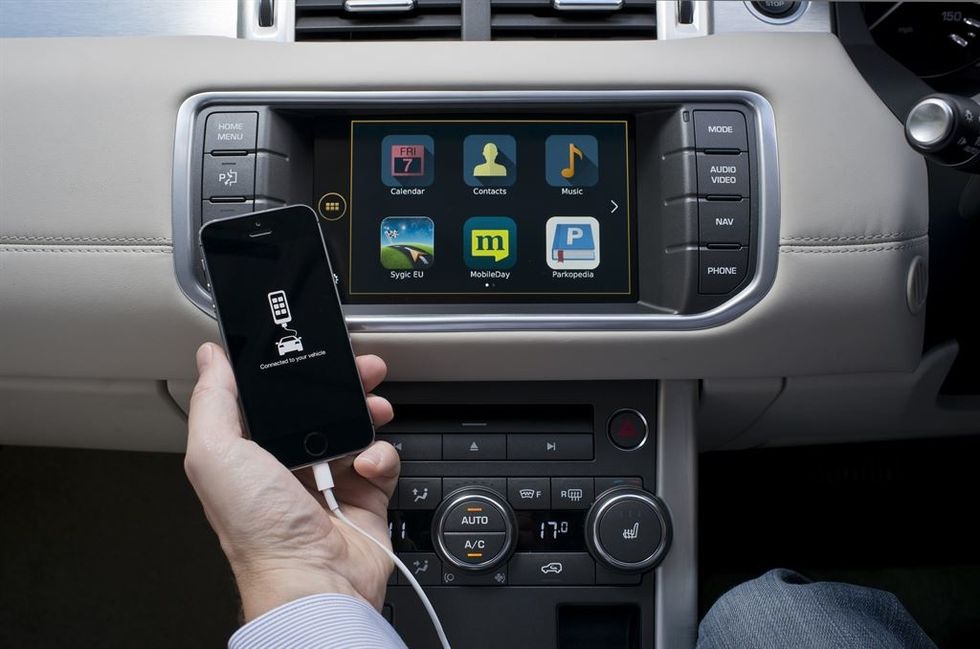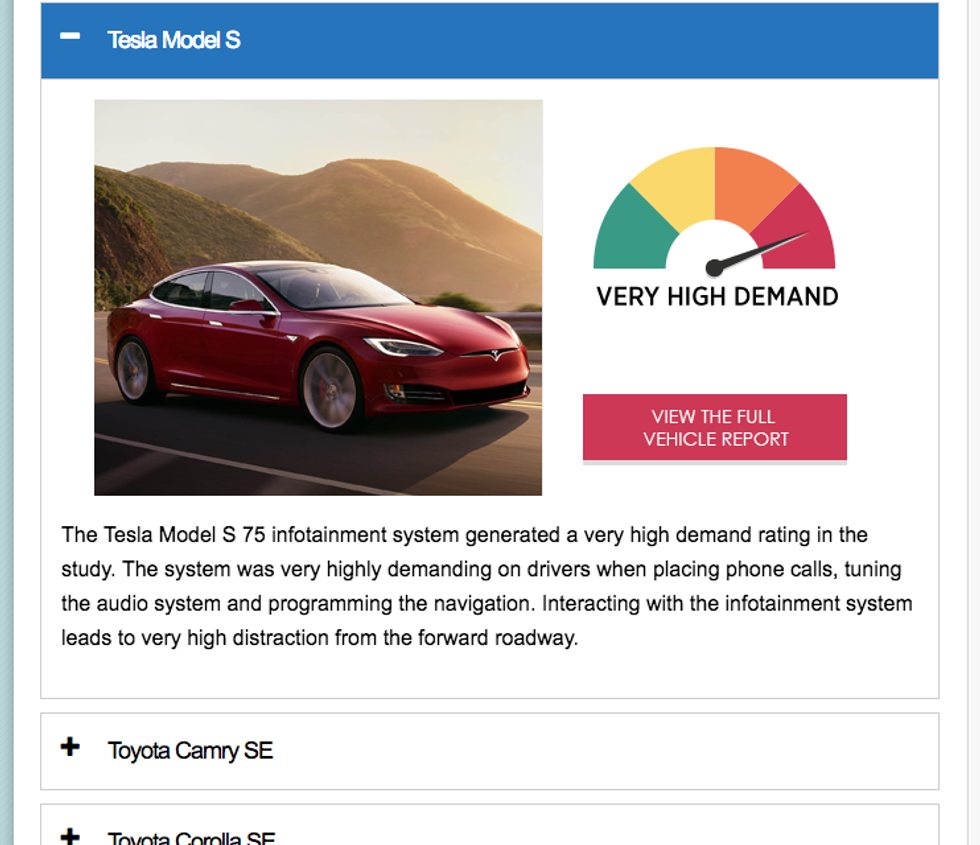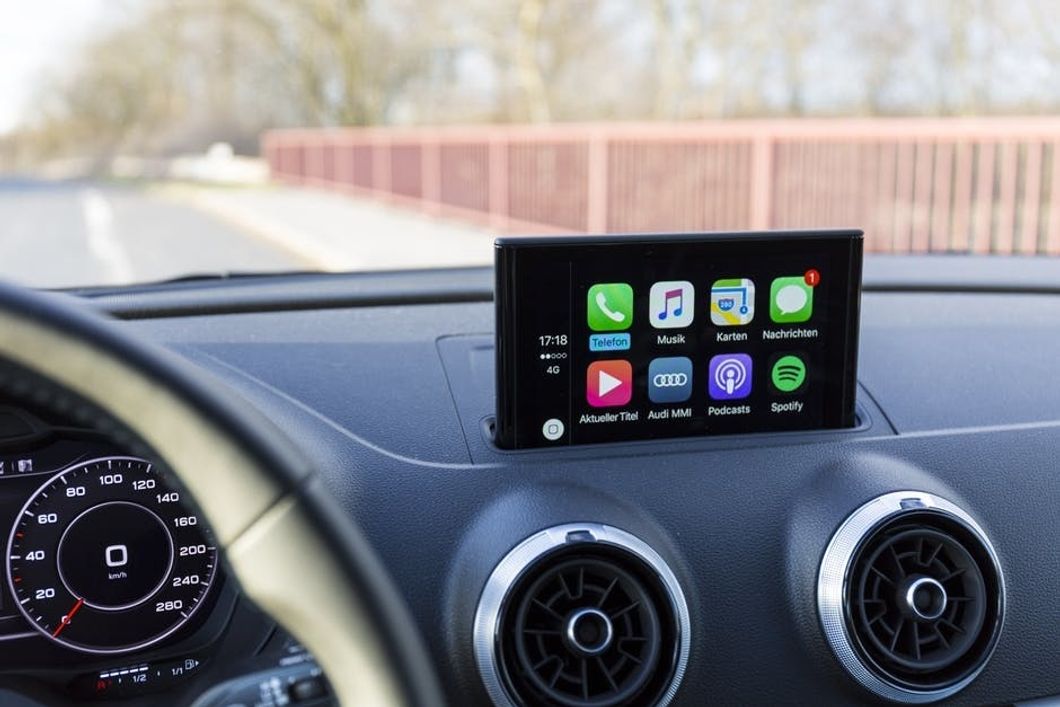Driving demands two levels of attention: vision and mental. Maintaining a high level of both attributes are required for driving safely on the road. Over the recent years, distracted driving has been an increasing problem thanks to cell phones and other interactive technology. The Department of Transportation ran the first ever national campaign against distracted driving in 2014 called, "U Drive. U Text. U Pay."
It is now 2018, and vehicle manufacturers are installing infotainment systems in the majority of their cars. These systems are capable of doing almost anything for you while driving on the road. Some popular features include:
- Playing music and other media through Apple Car Play and Android Auto.
- Voice-commands like calling, voice to text and Google search.
- Touch-screen
- Backup cameras
- GPS

The functionalities provided by these systems allow for the user to surf the web, social media and even send a text message which are all things that should be done prior to or after getting behind the wheel. As more data became available and the issue grew direr, science experiments had to be done to truly understand the effect of our distractions.
The Ground-Breaking Experiment
A study done recently by AAA's Center for Driving Safety & Technology with researchers from the University of Utah ran a test that measured the amount of visual and mental demand completing tasks using the infotainment system as well as the time it took in 40 different 2017 and 2018 cars. As interactive technology continues to evolve and make our lives easier, so does the issue of driving distracted.
The participants of the study were put up to the task of using the voice command, touch screen and other technologies that required human attention to call, text, set up music or audio and program the navigation while driving.
The Results Don't Lie
Out of all the user tasks, the most distracting ended up being setting up the navigation, taking on average of 40 seconds for the drivers to complete. That's 40 seconds where anything can happen. Furthermore, out of the 40 vehicles that were tested, NONE of the infotainment systems resulted in "low" demand. In fact, 29 systems generated a high to very high demand while the leftover 11 finished with a moderate rating.
Turns out, the use of Apple Car Play and Android Auto systems are actually far less demanding than the pre-manufactured in-vehicle systems. The study is telling us that third-party apps are being designed to help combat the distractions but even then, it still isn't enough to produce low demand results.
So, What's Less Distracting? Native or Third-Party Systems?
Here's the statistical breakdown:
- Third-Party apps were 24% (5 seconds) faster on average than Native systems.
- Apple CarPlay and Android Auto Systems made calling 31% (15 seconds) faster.
- Driver's still took 33 seconds (third-party apps) to compared to 48 seconds (native) to complete the navigation task.

At the end of the day, AAA is recommending that vehicle manufacturers should aspire to create native infotainment systems that require a low amount of driver attention.
The New Standard and More Studies to Come
Societal pressures to develop safer, less attention-demanding infotainment systems in cars straight off the lot could change the future designs of many cars in the future. People will only become aware of this public safety issue if more tests like these are conducted and corporations raise awareness about distracted driving through national campaigns.
Organizations like the National Highway Traffic Safety Administration conducted a study that showed 3,450 deaths in the United States were caused by car accidents related to distracted driving. Out of that study, an interactive data visualization company worked with a personal injury lawyer in Fort Lauderdale to create an interactive map where users can see in real-time the fatalities spread out across the country since 2016. Distracted driving can be anything: texting, eating, drinking, smoking and even a passenger in the car or an outside object that caught your attention for a few seconds. Understanding the effect technology can have on us and how it transfers over to our driving is important to arrive alive every single day.





















